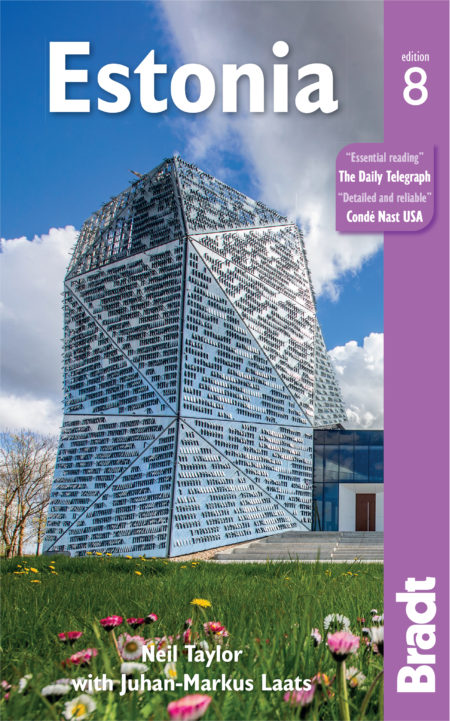The capital of Estonia is having its time in the limelight. As Europe celebrates the city’s green credentials this year, we bring you this inside guide to the best things to do in Tallinn – from 2023 events with an eco focus to more timeless cultural attractions you mustn’t miss.
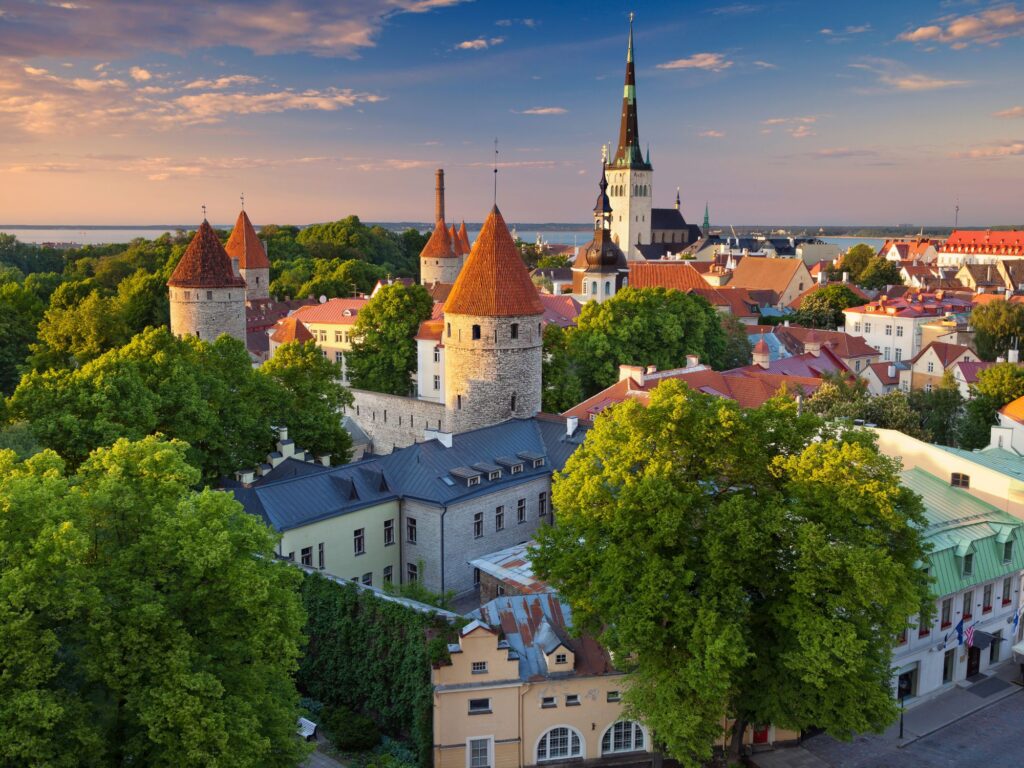
In January 2023, Estonia’s capital city became Europe’s 13th Green Capital. This lofty award celebrates sustainable initiatives like tram links and free public transport for residents, but it’s also more exciting than that.
Tallinn is a fascinating city to visit in its own right, with one of the best preserved medieval Old Towns in northern Europe with UNESCO World Heritage Site status.
And this year, you’ll find numerous events on the calendar for visitors to enjoy, from pop-up parks to urban space festivals.
Here are our Bradt team picks for the best things to do in Tallinn in 2023.

Catch one of the Green Tallinn events
February: Restaurant Week
Tallinn’s restaurants will adapt their menus to provide environmentally friendly dishes. You’ll find traditional favourites, such as Estonian potatoes, as well as foreign herbs which are now grown in greenhouses with solar power.
June: Urban Space Street Festival
People will reclaim the streets in a mix of workshops, concerts and late night cinema screenings at the Tallinn Urban Space Festival.
But don’t worry if you can’t speak Estonian. Discussion groups will take place in English and films will have English subtitles. All with the aim of getting everyone to think more about sustainability and urban spaces.
1st– 18th June, on the section of Rävala Boulevard from the Solaris Centre to Kentmanni Street.
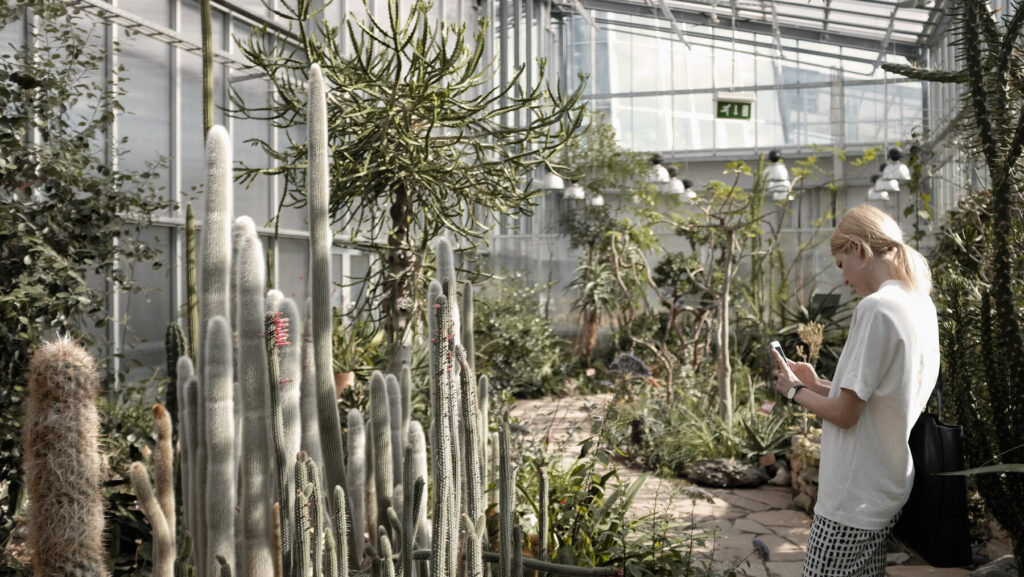
October – Fair Trade Day
Make the most of the beautiful Botanical Gardens by combining a visit with Fair Trade Day, a chance to learn about (and taste) coffee, bananas and chocolate.
Palm House Conference Hall, October 14th. All visitors are welcome to participate with a valid entrance ticket to the Botanical Garden.
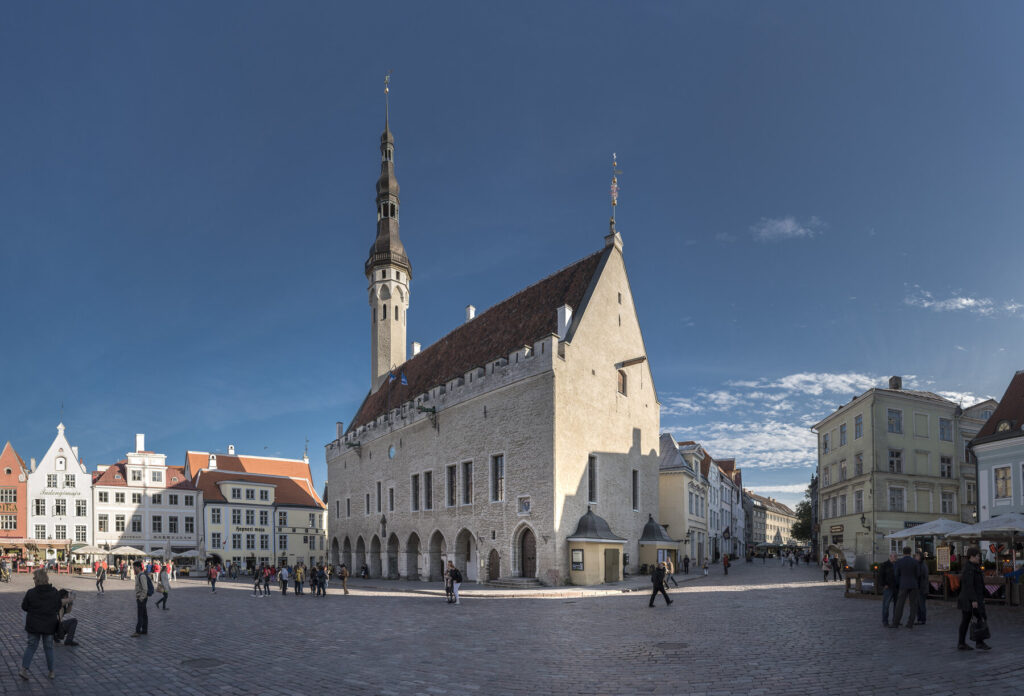
Explore the city’s green corridors
Tallinn has a staggering 4500 acres of protected areas. This includes parks, nature reserves and even an island.
Here’s just a small taste of what you can find.
The Pollinator Highway – Putukäväil
For 13 kilometres, the Pollinator Highway passes through nine districts, starting in an urban forest and finishing in a garden city. Along the way, you can catch Kalamaja’s street art and the impressive Patkuli viewing platform.
Klint Park
Look out for protected plant and bird species among the limestone cliffs of Klint Park. This green corridor runs for nine kilometres.
The Pop-up Park
Students from the Estonian Academy of Art, the oldest and only public university of visual culture in the country, will temporarily turn the Town Hall Square into a pop up park.
Expect to see climate-sensitive spatial solutions and creative prototypes for street furniture and traffic signs.
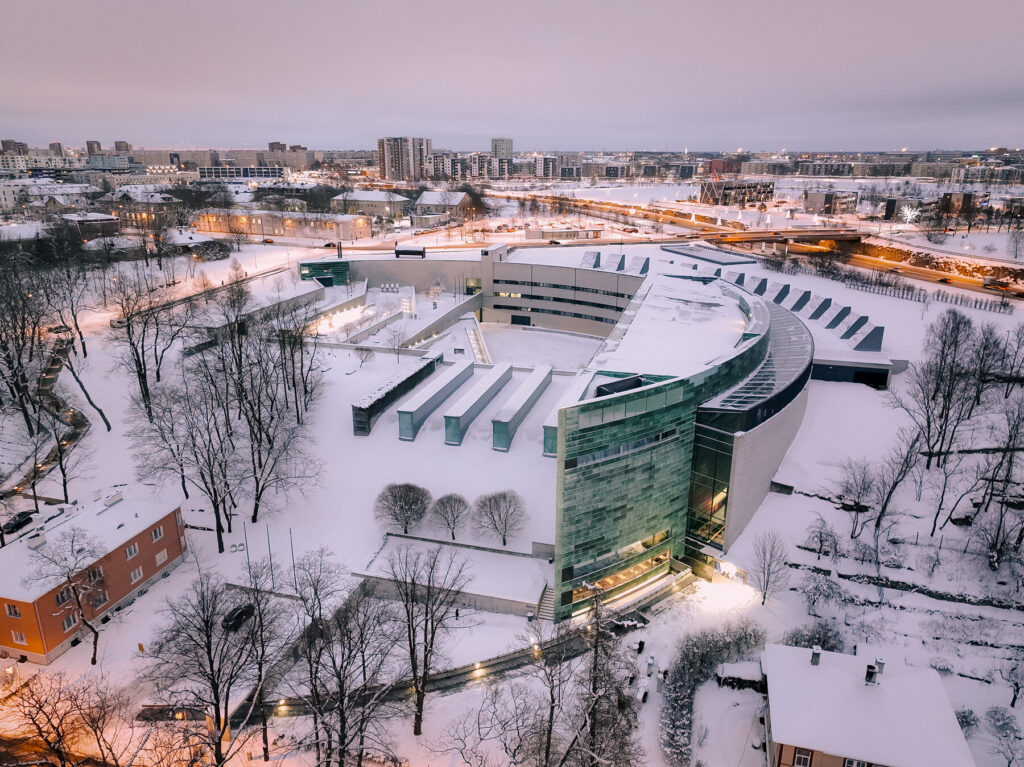
Wander through museums
The Estonian Art Museum (KUMU)
One of the most curious things to do in Tallinn involves visiting the Kumu. First, there’s the name. It derives from the Estonian for art museum: Kunstimuuseum. But after that, it took the idea and ran with it.
This Arts Centre wants to encourage new art just as much, if not more, than it wants to pay homage to permanent exhibitions. In fact, it aims to devote half its space to new and changing exhibitions.
The history of those permanent exhibitions, however, is poignant in itself. A few of the artworks here have been in state hands since 1920. However, Estonians felt forced to hide many during the war and Soviet occupation as so many pieces were destroyed during World War II. Each piece recovered has its own story of bravery and loyalty behind it.
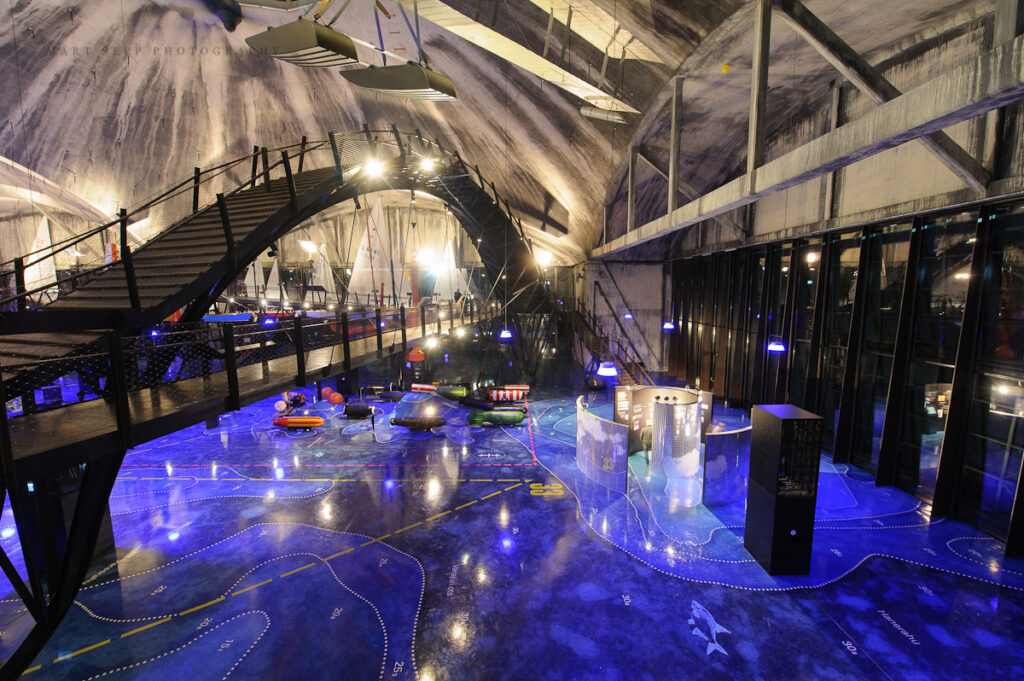
The Maritime Museum
Located in Fat Margaret’s Tower, the Maritime Museum covers Estonia’s maritime history from the 14th-century cog sailing ships right up to the present day.
It is brought to life by recordings of what medieval sailors might have said, some speaking English with a British accent and some with an American one. The roar of the sea is a constant background to the films and models.
The roof café gives excellent views of Tallinn in each century: to the north are the skyscrapers from the financial district, and to the east and south, the towers of the old city wall.
More museums and exhibitions
Other museums worth a visit include the KGB Museum (a remnant of the Soviet era, offering guided tours for those interested in the city’s history), the Museum of Applied Art and Design, the Estonian History Museum and the VABAMU Museum of Occupations and Freedom.
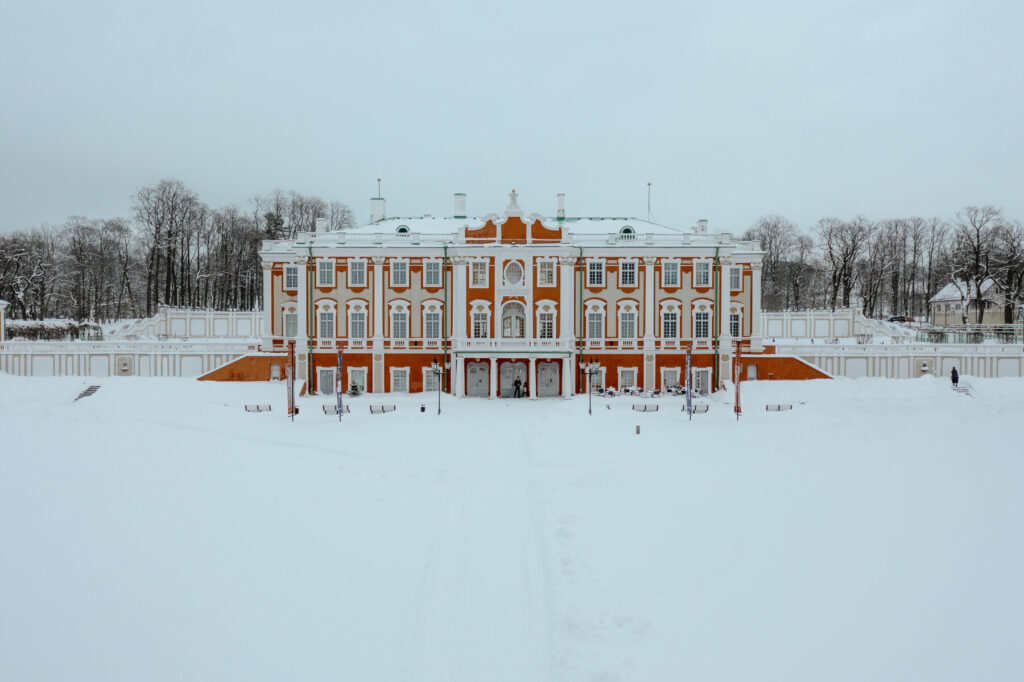
See the classic sights of Tallinn
The Kadriorg
A short stroll (or even shorter bus or tramp hop) from the Old Town lies this upscale district, home to grand 19th-century villas and the city’s finest art museums. At its heart is Kadriorg Park, a 70ha haven of greenery that offers year-round joy for locals and tourists alike.
The centrepiece of the park is Kadriorg Palace which was built immediately following Peter the Great’s first visit to Tallinn in 1718. A fire destroyed much of the interior in 1750 and it was subsequently never again used by the Russian royal family. In 2004 serious work started to restore the formal gardens that used to surround the palace. By 2019 this had been completed, as had a thorough restoration of the palace itself, although one or two Soviet buildings still needed to be removed.
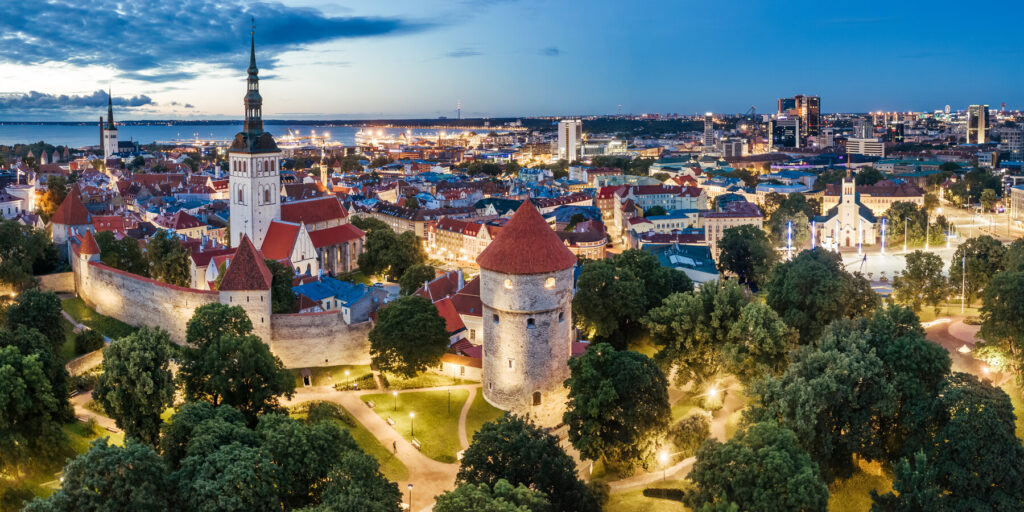
Tallinn’s Old Town
Tallinn’s Old Town is undoubtedly one of the city’s highlights.
Start with St Nicholas Church, a building which was once a military installation as well as a church, with secret exits to the city walls.
On leaving the church, turn right to see the memorial to the writer Eduard Vilde, Estonian ambassador in Copenhagen and Berlin between 1918 and 1920.
The Town Hall Square itself used to be the commercial centre for the Baltic Germans and the 1422 pharmacy is still in operation.
The Old Town Hall is the only late Gothic building still intact in Estonia, dating largely from the 15th century. Although the exterior is impressive, don’t miss the sights on the inside.
Across the square, opposite the Town Hall, are several short streets that lead to Pikk. One of these is Saiakäik, the smallest street in Tallinn.
Walk along here and turn right to the junction of Pikk and Pühavaimu for the Holy Ghost Church. This was the first church to hold services in Estonian and the first extracts from the catechism in the Estonian language were printed for use here in 1535.
Another must-visit is the House of Blackheads, open to visitors during the summer and for concerts all year round. This association, catering for unmarried successful young businessmen, only existed in Estonia and Latvia, so Riga has a similar building. The black head of St Maurice is above the door but below the stone arch.
Other points of interest include the ruins of the Dominican Monastery. Founded in 1246, the monastery was destroyed during the Reformation in 1524 when the monks were forced to flee.
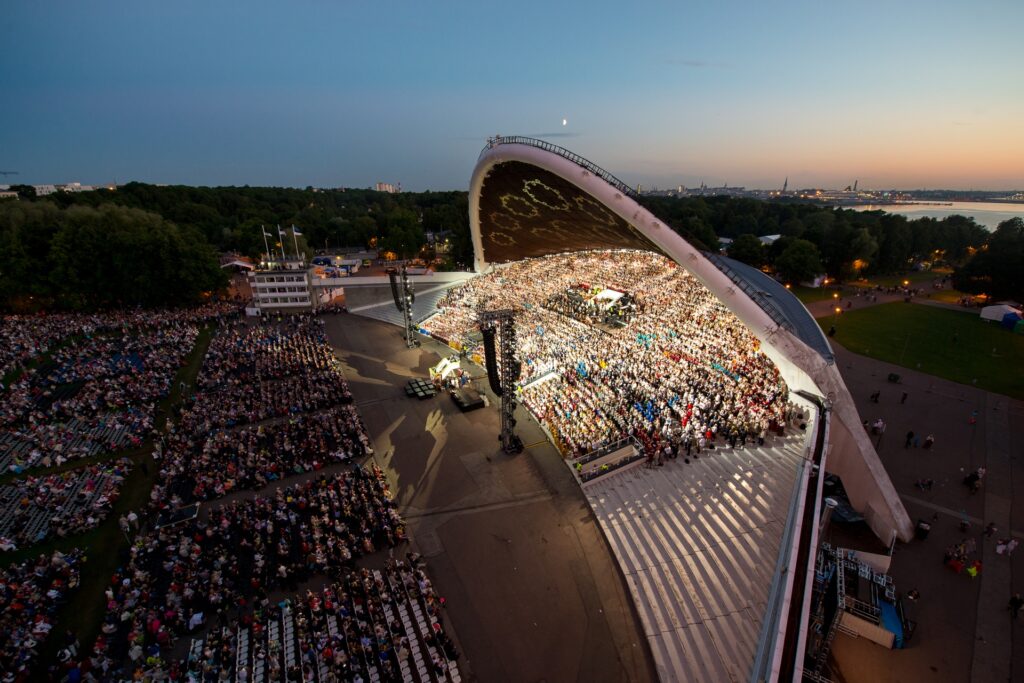
Check out the Song Festival Amphitheatre
The Song Festival Amphitheatre, built in the 1950s, is a major green legacy from the Soviet period (1944 – 1991) although an environmental agenda can hardly have been at the forefront of the Kremlin’s thinking at that time.
The parabola provides cover for up to 5,000 performers, but 200,000 can be accommodated outside, and often have been, such is the Estonian enthusiasm for singing, whatever the weather.
And there is no better time to see it in action that at the Song Festival.
Listed by UNESCO as an intangible heritage tradition, the Song Festival only takes place every five years but dates all the way back to 1869.
Look out for the procession of participants through the centre of the city before the concerts start.
The 13th Youth Song Celebration will take place on 2nd July at the Tallinn Song Festival Grounds.
Travel Tips for Tallinn
Getting there and away
Direct flights to Tallinn are operated by Air Baltic, easyJet and Ryanair from London’s Gatwick and Stansted airports. There are sometimes direct flights from Manchester and Edinburgh. Air Baltic also offer connections via Riga from London Gatwick and many European cities.
Helsinki is often used as a gateway for travel to Estonia; Finnair have multiple flights a day to Tallinn so there will always be connections with their onward flights to Europe, America and Asia.
SAS offers a similarly wide range of connections via Stockholm and Copenhagen, while Turkish Airlines has a daily flight to Istanbul with extensive onward connections to all major airports in Asia.
Getting around
Tallinn is a compact city with excellent public transport options. In and around the Old Town, you won’t need anything other than a good pair of shoes.
To reach highlights like the Kadriorg and Maritime Museum, however, it’s useful to check out the bus, tram or bike routes. You can also hire an electric scooter or call a Bolt (the local version of Uber.)
When is the best time to visit Tallinn?
October offers autumn colours throughout the country and March the chance to enjoy snow-covered forests, the frozen sea and more sunshine than in any other winter month.
In May and September, there is little risk of cold weather and all outdoor facilities are open. By midsummer at the end of June, daylight lasts 18 hours, so July, the school holiday period in Sweden and Finland, is a very popular month for tourists. August is no longer peak season so is ideal for those tied to school holidays.
More information
This project is in co-operation with Visit Estonia and funded by the European Union European Regional Development Fund. You can find out more about the events taking place in 2023 at greentallinn.eu/en/events.
For more information, you can also see Neil Taylor’s guide to Estonia:
